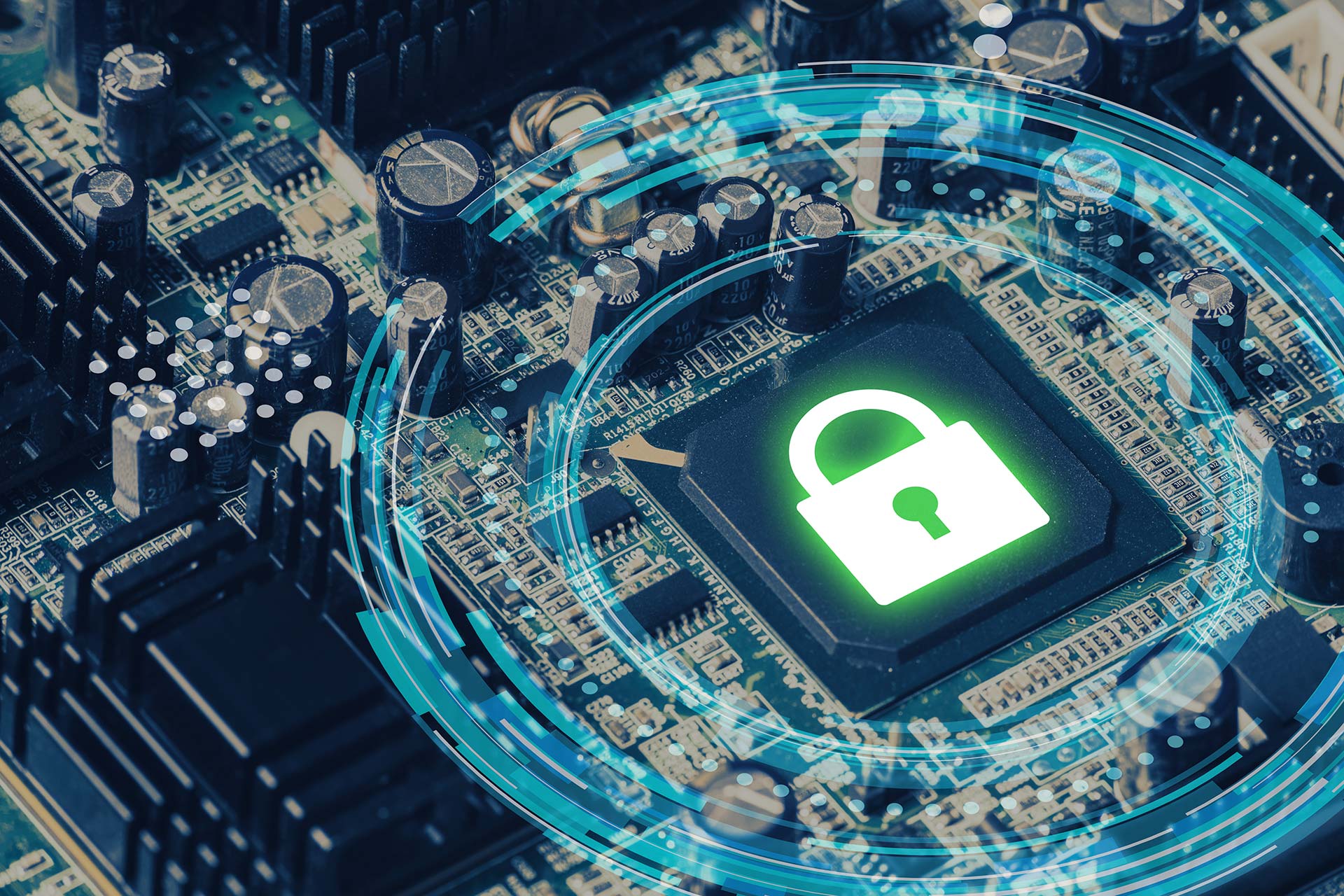
- Resources
- Blog
iSIM: the optimization and differentiation for cellular IoT chipset makers
Smart cities, autonomous vehicles, and connected industries represent far greater applications and potential. They also present complex challenges with security, form factor, power consumption and cost all standing in the way of diversification. The way to overcome them: the integrated SIM (iSIM) and new IP for cellular connectivity. Working together, iSIM technology and cellular IoT connectivity reduce device complexity, power, and bandwidth. The result: Scalable connectivity that’s reliable and secure across a variety of use cases.
Here’s how iSIM and cellular IoT connectivity helps developers unlock greater IoT potential.
- Optimization
The combined efficiencies of iSIM and IoT connectivity give developers more time to discover new opportunities and streamlines features to work faster for improved user experiences. Some examples:
- Integrating critical functions into a single SoC with iSIM technology optimizes power management and ultimately lengthens service life.
- On-chip integration that improves device reliability lowers costs of operation and reduces error and risk of tampering.
- Remote provisioning using iSIM technology instead of manual management of traditional SIM cards simplifies interoperability and shortens the learning curve for developers.
- Differentiation
When optimization improves efficiencies, developers have more time to figure out how to use iSIM IP to distinguish their IoT innovation in the market. For example:
- Phones offer the most significant challenges and opportunities because of the continued demand for reduced size and power and the association with prepaid plans with subscription management.
- Wearables also share a demand for smaller size and less power, and their highly integrated cellular connectivity serves the needs of both voice and IoT data.
- Automotive platforms that deploy iSIM technology can adopt more features without slowing down their path to compliance.
Built-in security adds a final simplifying touch
iSIM technology gives developers industry-recognized security so they can focus on innovating and adding benefits in other ways. As a built-in layer with self-contained processing and encryption elements that meet compliance standards, there’s no tampering, no integration disruption concerns, and less effort required to ensure security while maintaining connectivity.
Read a whitepaper for more details on cellular IoT’s potential
Kigen’s eSIM and iSIM solutions make it easier to integrate SIM technologies and cellular IoT connectivity across devices and platforms to create new business models. Download the white paper Unlocking the Cellular IoT Potential for Chipset Makers to learn more.



